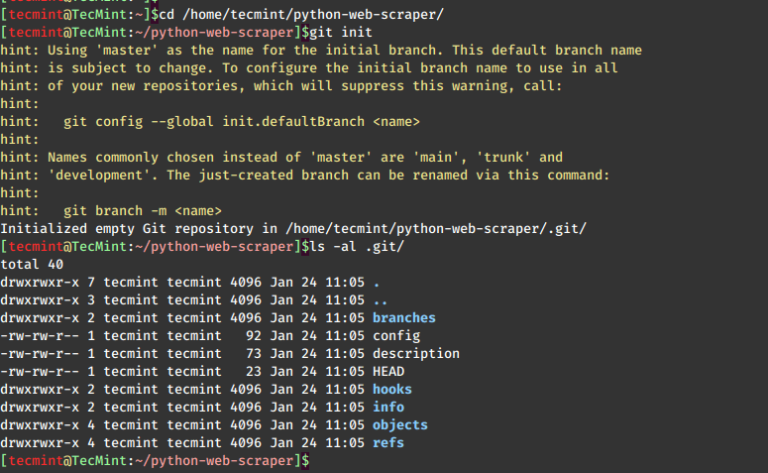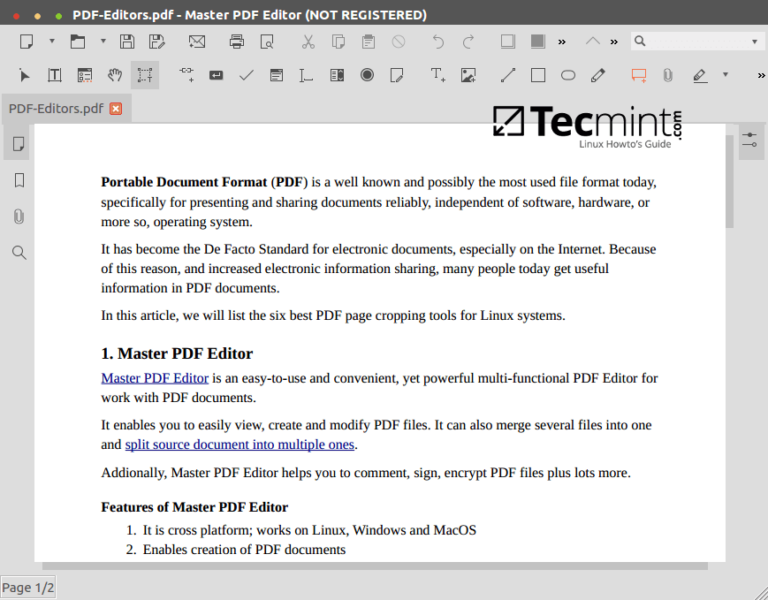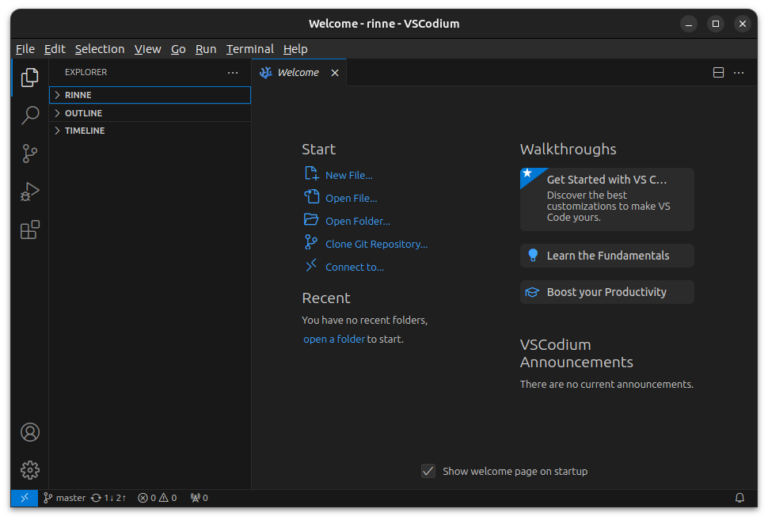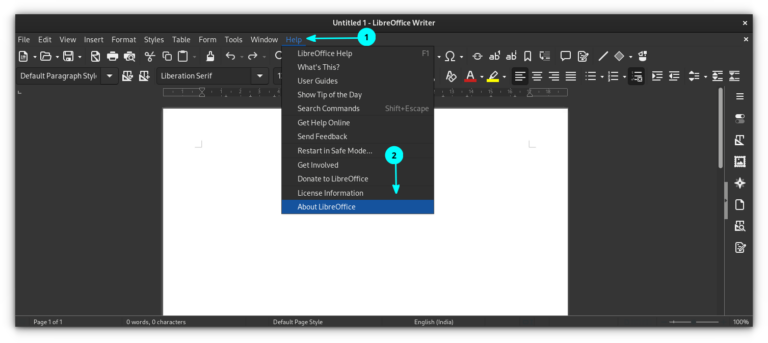Crafting Cutting-Edge AI Assistants with Ubuntu
Introduction
In an era dominated by digital innovation, Artificial Intelligence (AI) assistants have emerged as pivotal elements in revolutionizing the way we interact with technology. From simplifying daily tasks to providing complex business solutions, AI assistants have become indispensable. Amidst this technological revolution, Ubuntu, known for its robustness and developer-friendly environment, stands out as a premier platform for developing these futuristic assistants. This article delves into the intricacies of designing and implementing virtual personal assistants using Ubuntu’s rich ecosystem, offering a guide for developers and enthusiasts alike.
Understanding the Basics of AI Assistants
At their core, AI assistants are sophisticated software agents that can perform tasks or services for an individual based on commands or questions. The journey from simple scripted bots to advanced AI assistants capable of understanding natural language and learning from interactions reflects a significant evolution. In the contemporary digital landscape, these assistants are not just conveniences but essential tools that enhance productivity and accessibility.
Why Ubuntu for AI Assistant Development?
Ubuntu’s appeal lies in its open-source nature, providing a treasure trove of resources and a supportive community for developers. Its compatibility with leading AI and machine learning libraries, such as TensorFlow and PyTorch, alongside its stability and security features, makes Ubuntu an ideal choice for AI development. Furthermore, Ubuntu’s flexibility across desktop, server, and cloud environments ensures that developers can build and deploy AI assistants with ease and efficiency.
Designing an AI Assistant on Ubuntu
Identifying Purpose and Functionalities
The first step in creating an AI assistant is to clearly define its purpose. Whether it’s managing schedules, assisting with web development tasks, or providing customer support, understanding the assistant’s core functions is crucial. This clarity guides the design process, from the choice of technologies to the interaction models.
Design Considerations
A user-centric design is key to developing an effective AI assistant. This involves creating intuitive interaction flows and considering how the assistant will understand and respond to user inputs. The design should prioritize natural language understanding to cater to a wide range of queries and commands.
Selecting Tools and Languages
Ubuntu supports a plethora of programming languages and tools essential for AI development. Python, with its simplicity and the extensive support of AI and NLP libraries, is a popular choice. Selecting the right set of tools, including development environments like Jupyter Notebook and IDEs supported by Ubuntu, is crucial for efficient development.
Implementing Your AI Assistant
Setting Up the Development Environment
The implementation phase begins with setting up your development environment on Ubuntu. This involves installing Python, relevant AI and NLP libraries, and any other tools necessary for your project. Docker can be used to containerize the application, ensuring consistency across different development and deployment stages.
Coding Basics
With the environment set up, developers can start coding their AI assistant. This includes writing scripts for natural language processing, integrating APIs for added functionalities, and implementing algorithms that allow the assistant to learn from interactions.
Integrating NLP Capabilities
Incorporating NLP capabilities is essential for understanding user intents and providing relevant responses. Libraries like NLTK or spaCy can be used for language processing, enabling the assistant to parse and understand natural language inputs.
Adding Voice Recognition and Synthesis
For a more interactive experience, integrating voice recognition and synthesis technologies allows users to communicate with the AI assistant via speech. Tools like Google’s Speech-to-Text API or Mozilla’s DeepSpeech, coupled with text-to-speech systems, can be implemented to facilitate voice interactions.
Testing and Refining Your AI Assistant
Testing plays a pivotal role in the development process. It’s not just about debugging but also about refining the assistant’s understanding and responses. User feedback is invaluable for improving the assistant’s accuracy and functionality. Ensuring privacy and security, especially in handling user data and interactions, is also critical.
Real-world Applications and Case Studies
Exploring case studies of successful AI assistants developed on Ubuntu can provide insights and inspiration. These examples highlight the platform’s versatility across various applications, from personal productivity tools to complex business solutions.
Future of AI Assistants and Ubuntu’s Role
The horizon for AI assistants is expansive, with advancements in AI and machine learning promising even more sophisticated and personalized assistants. Ubuntu’s commitment to open source and its active development community position it as a key player in the future of AI assistant technology.
Conclusion
The journey of designing and implementing AI assistants on Ubuntu is a testament to the power of open-source technology in fostering innovation. By leveraging Ubuntu’s capabilities, developers can create AI assistants that not only enhance efficiency and productivity but also redefine the way we interact with technology.
In embarking on this journey, the possibilities are limitless. Ubuntu not only offers a platform but also a community that supports the exploration and realization of AI’s potential. Whether you’re a seasoned developer or just starting, the world of Ubuntu AI assistants awaits, full of opportunities to innovate and inspire.






